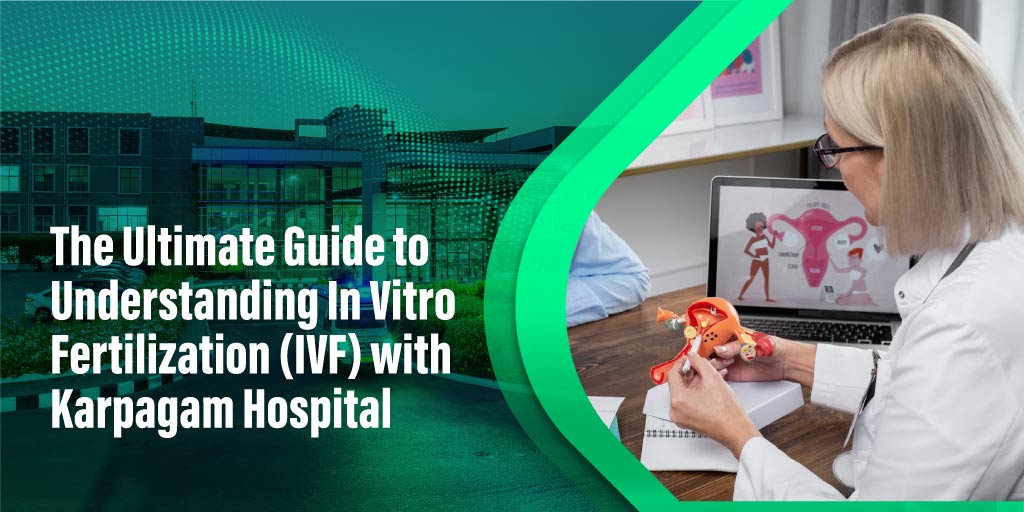Just think about how much you want to hold your little one in your arms, feel their little heartbeat against your chest, and see their very first smile.
For many people, this dream is far from reality because of infertility, medical issues, or other obstacles.
On top of that, the emotional toll of trying to conceive can be tremendous, leaving couples feeling lost and alienated.
However, don’t lose your hope yet. When natural conception is not possible, the procedure for test tube babies brings possibility. Test tube babies created by IVF (in vitro fertilization) have become a source of hope for families, offering a scientific answer to infertility.
In this blog, we will look at the world of test tube babies, including the journey, method, and emotions that come with it.
What is the Test Tube Baby Procedure?
The procedure for test tube babies follows a number of steps in which an egg is fertilized outside of the body and then transferred into your uterus.
This method, known as IVF (in vitro fertilization), helps infertile couples to conceive without relying on natural fertilization.
Let us see each phase of the test tube baby method in detail.
Step One: Ovarian Stimulation
The first step in the procedure for test tube babies is to stimulate your ovaries to create lots of eggs.
Usually, fertility medicines are used to boost egg production. As a woman, you can produce only one egg throughout your regular cycle, but generating many eggs during IVF can increase your odds of successful fertilization.
Monitoring is critical during this point, with regular ultrasounds and hormone tests to evaluate your ovaries’ reaction.
Step 2: Egg Retrieval
Once your eggs have matured, they are collected using a method known as egg retrieval.
In the procedure for test tube babies, this stage is relatively simple and usually done with mild anesthesia.
A tiny needle is passed into your vaginal wall, accessing your ovaries and extracting the eggs. The entire treatment takes approximately 15-20 minutes, and patients usually recover rapidly.
Step 3: Sperm Collection and Fertilization
While your eggs are being recovered, the male partner gives a sperm sample.
Donor sperm can also be used in this part of the procedure for test tube babies. The sperm is then processed in the lab to boost the chances of successful fertilization.
When both eggs and sperm are prepared, they are combined in a lab dish. Fertilization takes place here, outside the body, hence the name “test tube baby.”
This procedure results in the creation of embryos, which are carefully watched for several days.
Step 4: Embryo Culture
After fertilization, the embryos are allowed to grow for 3-5 days in a controlled environment.
During this phase, scientists evaluate the embryos’ quality and progress. Healthy embryos have a better possibility of resulting in a healthy pregnancy, so this phase is really crucial in the procedure for tube babies.
Step 5: Embryo Transfer
When the embryos reach the right stage, they are ready for embryo transfer.
In the procedure for test tube babies, this step calls for placing the healthiest embryos into the uterus via a tiny catheter.
The procedure is quite brief, so the patient can even resume their normal activities shortly afterward.
Doctors often transfer one or two embryos, depending on age and embryo quality, to reduce the chance of multiple births.
Step 6: Pregnancy Testing and Follow-Up
A pregnancy test can be done approximately two weeks after the embryo transfer to check the success of the procedure for test tube babies.
If the pregnancy test is positive, regular check-ups and monitoring will be done to see to it that the pregnancy continues normally.
But if the test comes out as negative, we can explore another cycle, as lots of effort needs to be put in before a successful pregnancy.
Success Rates of the Procedure for Test Tube Babies
The procedure of test tube babies has helped millions enter parenthood.
Though the success rates can vary. Factors like age, underlying health conditions, and lifestyle can impact the chances of a successful pregnancy.
Generally, younger women tend to have higher success rates with IVF, but again each case is unique.
Pros and Cons
1.Hope for Infertile Couples:
The procedure for test tube babies gives a chance for all the couples who are devoid of fertility.
2.Technological Advancement:
IVF is the product of great improvements in medical science, and it is continually improving through ongoing study.
3.Financial and Emotional Costs: The procedure can be emotionally and financially taxing, so couples need to brace themselves for both.
Final Thoughts
The procedure for test tube babies has changed people’s lives by paving the way for countless families to become parents.
Having an idea about each step can help you feel less overwhelmed and better prepared for what comes ahead.
Whether you’re considering IVF or just want to learn more about it, understanding how test tube babies are created is a remarkable story of science, resilience, and hope.





